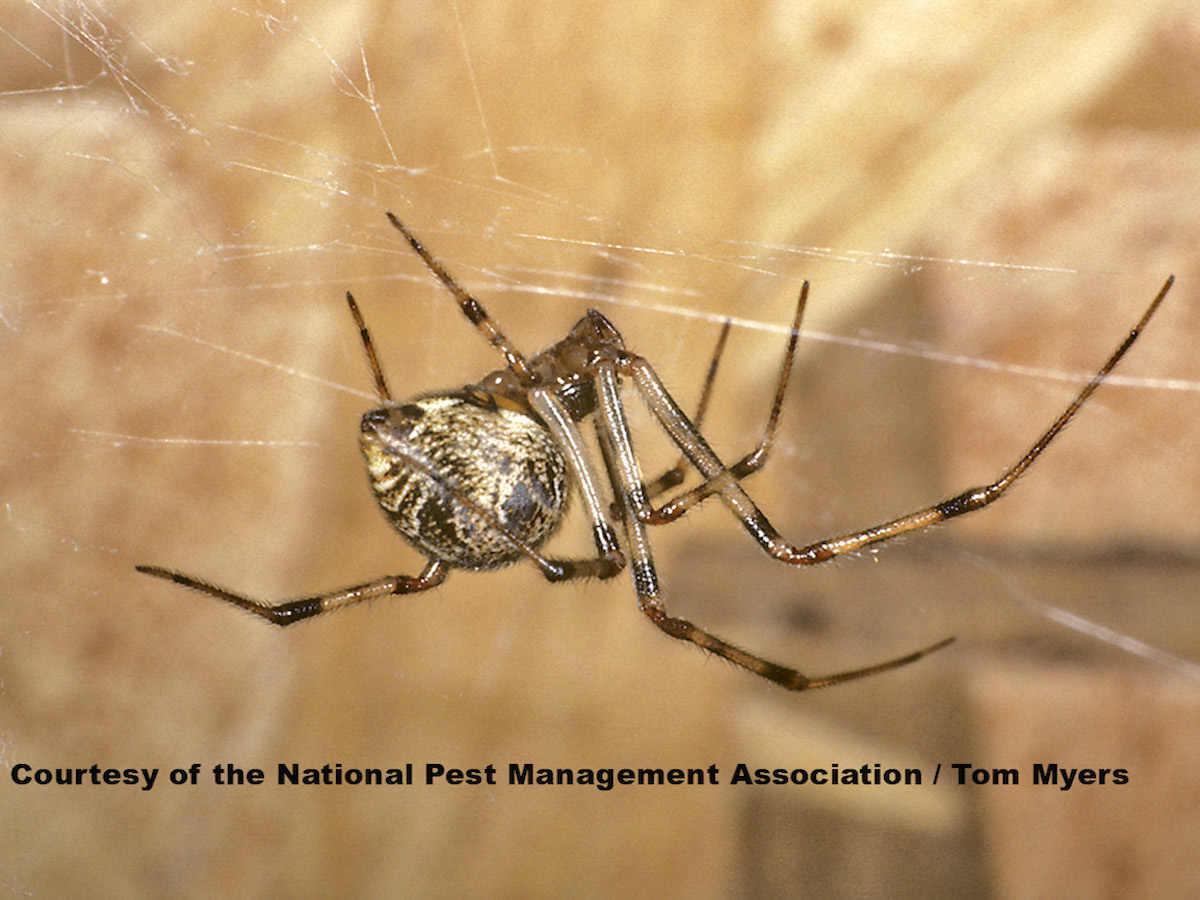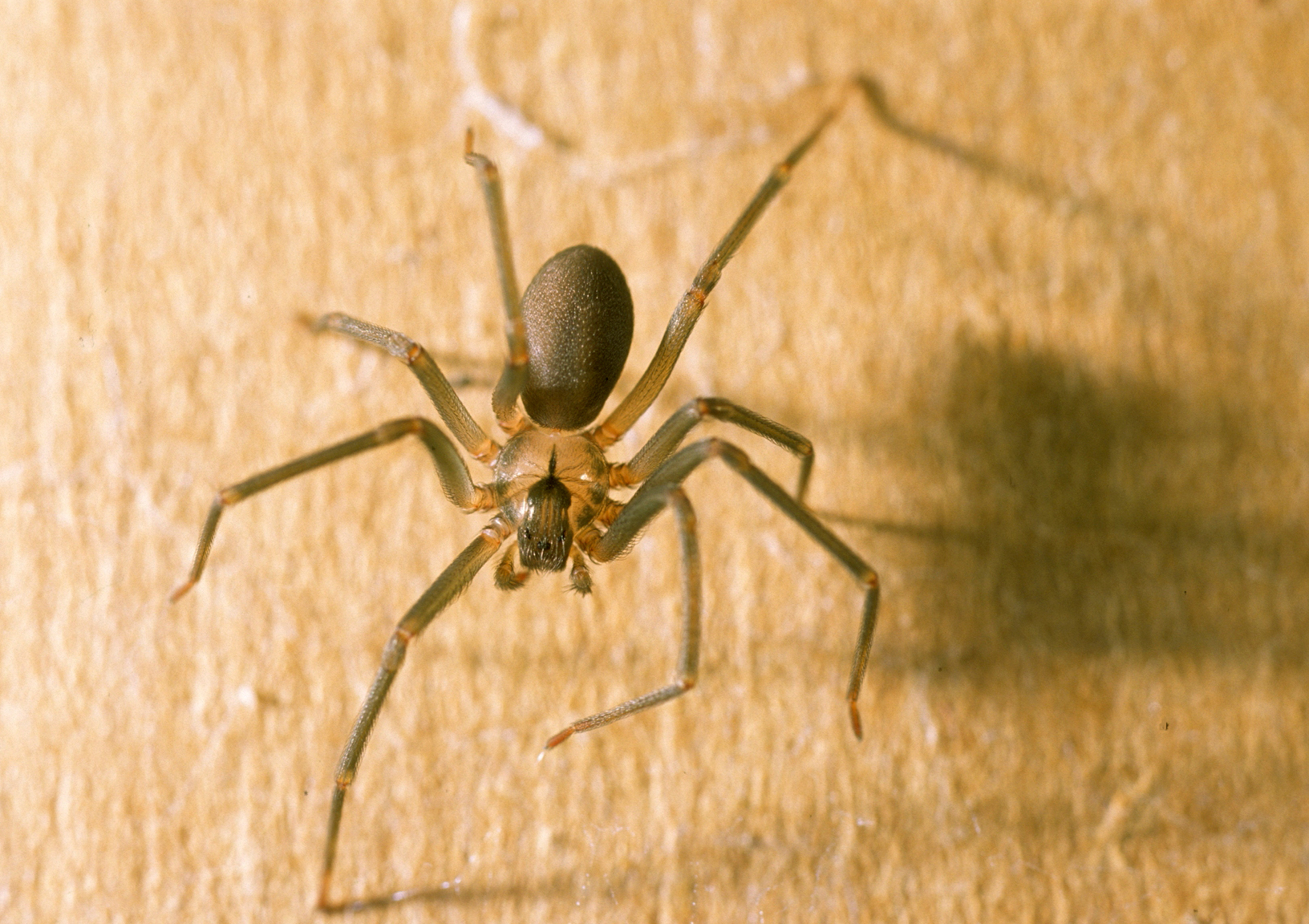Table Of Content

– By sealing up any openings that can pose a potential entry for spiders, you will prevent them from gaining entrance. Cracks in foundations, doors, windows, etc. provide easy access into your home. There are many benefits that spiders provide to your home, the environment, and the ecosystem as a whole, doing us all a favor—really. Granted this list might not be entirely about spiders, but it gives you an idea of where the bugs are in the United States. Spiders don’t want to be in your home, despite how great your home may be, it’s not their residence of choice. The only reason they would make their way inside is if they thought there was dinner to be had.
Common House Spider
Spiders in Your Basement? Here's How to Get Rid of Them and Keep Them Out - Family Handyman
Spiders in Your Basement? Here's How to Get Rid of Them and Keep Them Out.
Posted: Mon, 12 Feb 2024 08:00:00 GMT [source]
They are black with a reddish abdomen and copper-colored cephalothorax. Also called the cupboard spider or false widow, this cobweb spider measures 0.24” to 0.41” (6 – 10.5 mm) in length. They are typically found in dark, dry places like basements, crawl spaces, and woodpiles. Arizona brown recluse spiders are found throughout the southern United States. As their name suggests, the spiders tend to stay out of sight, lurking in crevices, dark places, closets, garages, and basements. Outdoors, you may come across them under piles of garden debris or hiding among stacked wood.
Hobo Spider Habitats and Habits
Use a vacuum or broom to clean them up or hire a local IPM specialist. – Protect your home with the pleasant scent of our spider pest-control product, Stay Away® Spiders. Not only will you enjoy the air-freshener-like scent, but you will also prevent your inside property from a spider infestation.
Wolf Spider Habitats and Habits
Measuring 4 to 8 millimeters long, these yellowish-brown spiders have a tall, round abdomen and two rows of four eyes. They build tangled webs, often both outside and inside a building, so evicting them may be harmless — and futile. On the bright side, they have relatively mild venom and bite humans only in self-defense.

Brown Recluse Pest Control
The nest in dark, dry crevices behind furniture, in cupboards, attics, basements, closets, storage rooms, barns and undisturbed corners. The cellar spider is a harmless, brown spider with a small rounded abdomen and long thin tan-colored legs. American house spiders are common in corners of rooms, window frames, and furniture.
If you still can't stand house spiders, it is possible to keep them in check without losing your cool. Instead of resorting to pesticides, smashing, or other potentially lethal methods (like a vacuum cleaner), try to stay ahead of population booms by limiting suitable habitats. Check windows, eaves, and other popular spider hangouts, and remove any cobwebs you find. This probably won't eliminate your house spiders, but it might drive them to lower-profile haunts like a shed, garage, or crawlspace. The signs of an infestation are the funnel-shaped webs and the spider itself.
Black widow
Hunting spider consist of wolf spiders (big hairy creatures), sac spiders, fishing spiders, sowbug spiders, jumping spiders, parson spiders, and crab spiders. If you find one, it’s likely they came in by mistake and are actively trying to find a way outside. The banded garden spider is a large, striking spider with distinctive black, yellow, and white stripes on its abdomen. Other identifying features of this garden spider are its black and tan banded legs and intricate orb-shaped webs with a zig-zag pattern in the center.
Joro spiders are spreading fast to new US states: Study - USA TODAY
Joro spiders are spreading fast to new US states: Study.
Posted: Fri, 03 Nov 2023 07:00:00 GMT [source]
Just looking at a spider, most of us get a weird nervous feeling you can’t really explain, but it’s there. They can be found in leaf litter, on trees, in caves, or even in residential homes. They will forage for organic matter and hunt small insects for food. Indoors, their protective sacs are often seen in the corners of rooms, where walls and ceiling meet. The Southern House spider is most common in the Southern United States, with some distribution along the Southern West Coast.
The American house spider is common in homes from Florida in the south to the northeastern and northwestern United States. According to the CDC, common symptoms of spider bites include, but are not limited to, itching and rash, pain and aching, perspiration, elevated blood pressure, and nausea. If you suspect a venomous spider has bitten you, seek medical attention and do your best to identify the spider. Brown recluse spiders are found most often in the midwestern and southern United States. These spiders are also well adapted to indoor habitats and will venture into storage areas, closets, attics, and other dark hiding spots.
Jumping spiders are hunting spiders that are capable of jumping up to six inches, depending on the species. These spiders commonly wander into homes but can also be carried in on firewood or plants. Harvestmen, also known as daddy long-legs, are not technically spiders. They are actually a distant relative of the spider and are frequently confused with the above cellar spider.
Orb weaver spiders are a type of outdoor spider that can hide in structures like the patio and decking around your home. The large hairy spiders typically have a furry brown, oval abdomen with black or white spots, spiny legs, and a relatively small head. Although venomous, the brown widow spider’s bite isn’t as severe as the black widow. Cellar spiders are common in houses throughout North America and are completely harmless. However, you may notice the small spider with its thin arching legs in the corner of rooms.
A biter will cause mild burning and the venom has been proven to be harmless to humans and small animals. The body is small and oval in shape, tan in color, and its legs can measure up to 4 inches long. Compared to female Carolina wolf spiders, the males are significantly lighter in color.
Green lynx spiders grow 0.87” (22 mm) long, with the males half their size. The green spiders spin webs on shrubs but aggressively chase after insects. They are also known to make quick darting movements and jump large distances. The green lynx spider is a bright green garden spider with long, spiny white legs and reddish spots on its body.

No comments:
Post a Comment